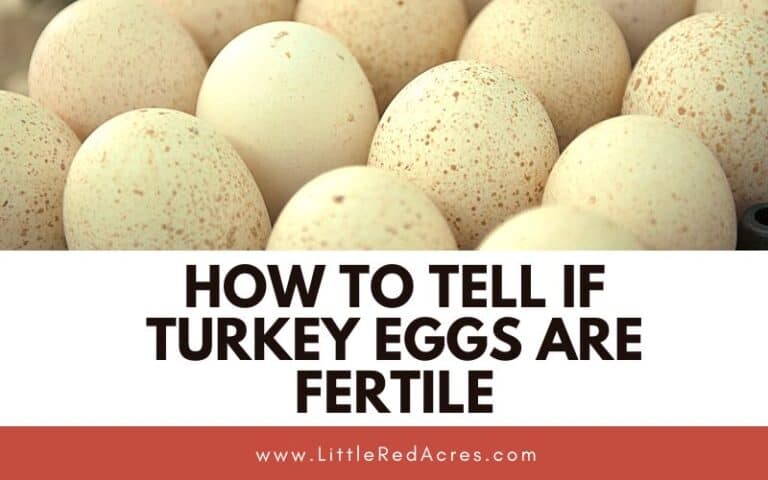Winter Turkey Coop Bedding
Turkeys are very hardy birds. They are mature by the time they attain adulthood, making it easy for them to endure cold weather. They have natural instincts that will help them not only stay safe but also stay warm. By providing a safe space, a winter turkey coop is easy to maintain and safe for your birds.

This post may contain affiliate links, see my disclosure policy for more information.
Winter Turkey Coop
They like to roost at night, which provides them with protection from predators. While roosting, they will huddle together, thus keeping each other warm.
The types of pens used to contain the turkeys must be taken into consideration when keeping turkeys in the winter. Turkeys that free-range will naturally exercise, burn a lot of calories, and eat to support their activity level; leaving them better able to withstand winter winds and temperatures. In other words, it doesn't have to be as closed in.
Get updates & freebies delivered to your inbox!
Smaller pens do not provide turkeys with opportunities to exercise, and so must do a good job of protecting turkeys from the elements. These birds will need more for their coops than free-range turkeys.
Roosts should be made of 2 x 4 boards turned so that they are 2″ high and 4″ across. Setting the roost boards in this way ensures that the turkeys have plenty of support for their breastbones and ensures that their feet are covered and kept warm as they sleep preventing frostbite to the toes.
It is important to keep the air fresh and moving in a coop, preventing both ammonia and moisture buildup, and giving them ample opportunity to exercise. If we provide plenty of fresh food and unfrozen water to drink, the turkeys will fair quite well despite cold temperatures.
Providing your turkeys with proper food that is high in protein will help them maintain their body heat during the cold.
You will want to provide bedding in their coops if they use one, especially if you don't have free range. I used the deep litter method with our turkeys just as I do with my chickens.
Winter Turkey Coop Bedding: Deep Litter Method
Consider practicing the deep litter method, a great example of working smarter, not harder. This is where winter coop maintenance can be easier in the summer.
Simply layer the floor of your coop with pine shavings, and periodically rake the chicken waste into the bedding mix. Once a week, add a layer of fresh pine shavings and/or straw to the top.
Together with the pine shavings, your chicken’s poop will form a compost layer that fosters microbe growth.
Microbes cut down on harmful bacteria, and can also help prevent mite and lice infestations in the coop. For the kicker, composting organic matter generates much-needed heat in the wintertime.
This is what we do in the winter for all three chicken coops and our turkey coop.






